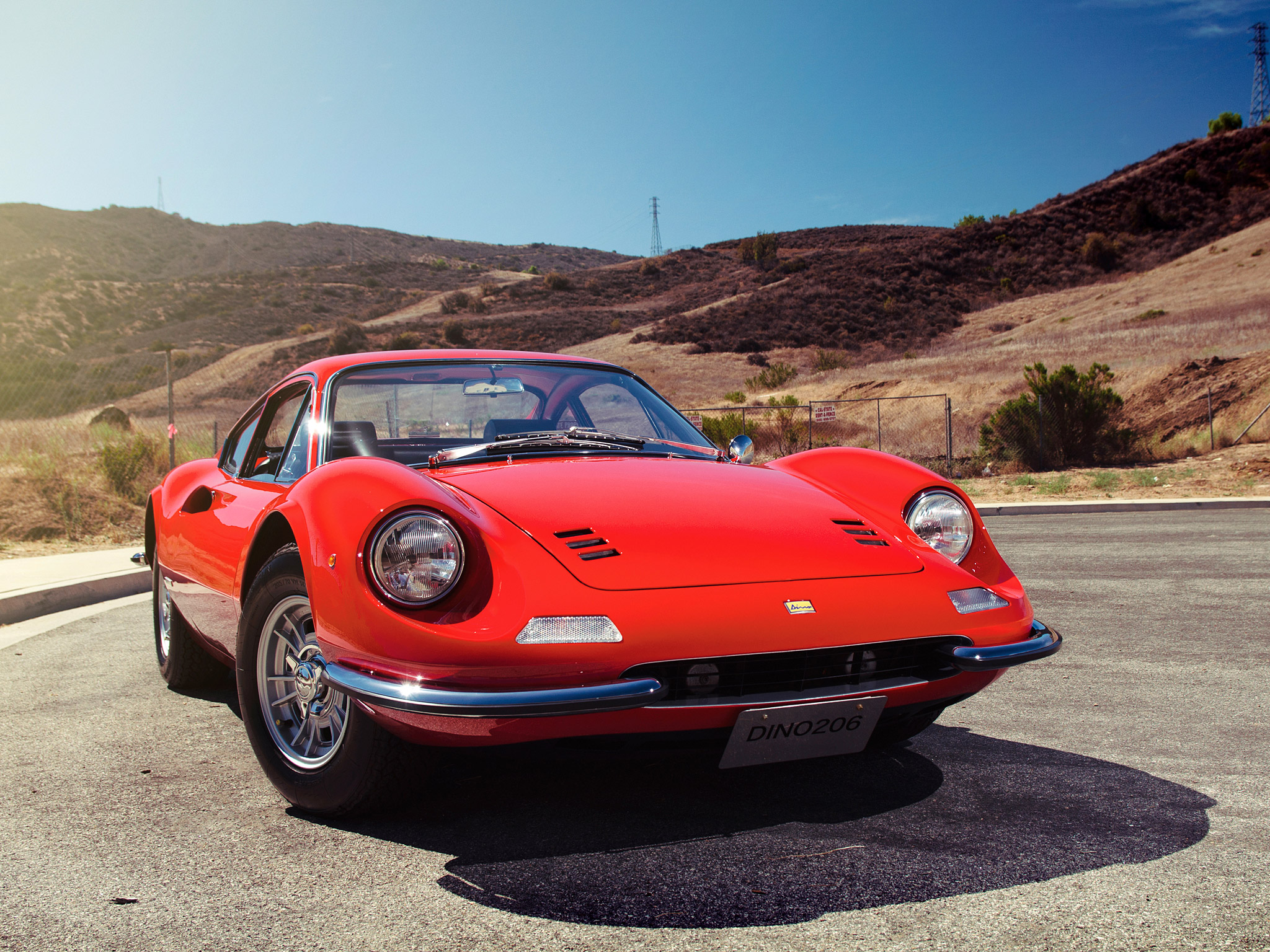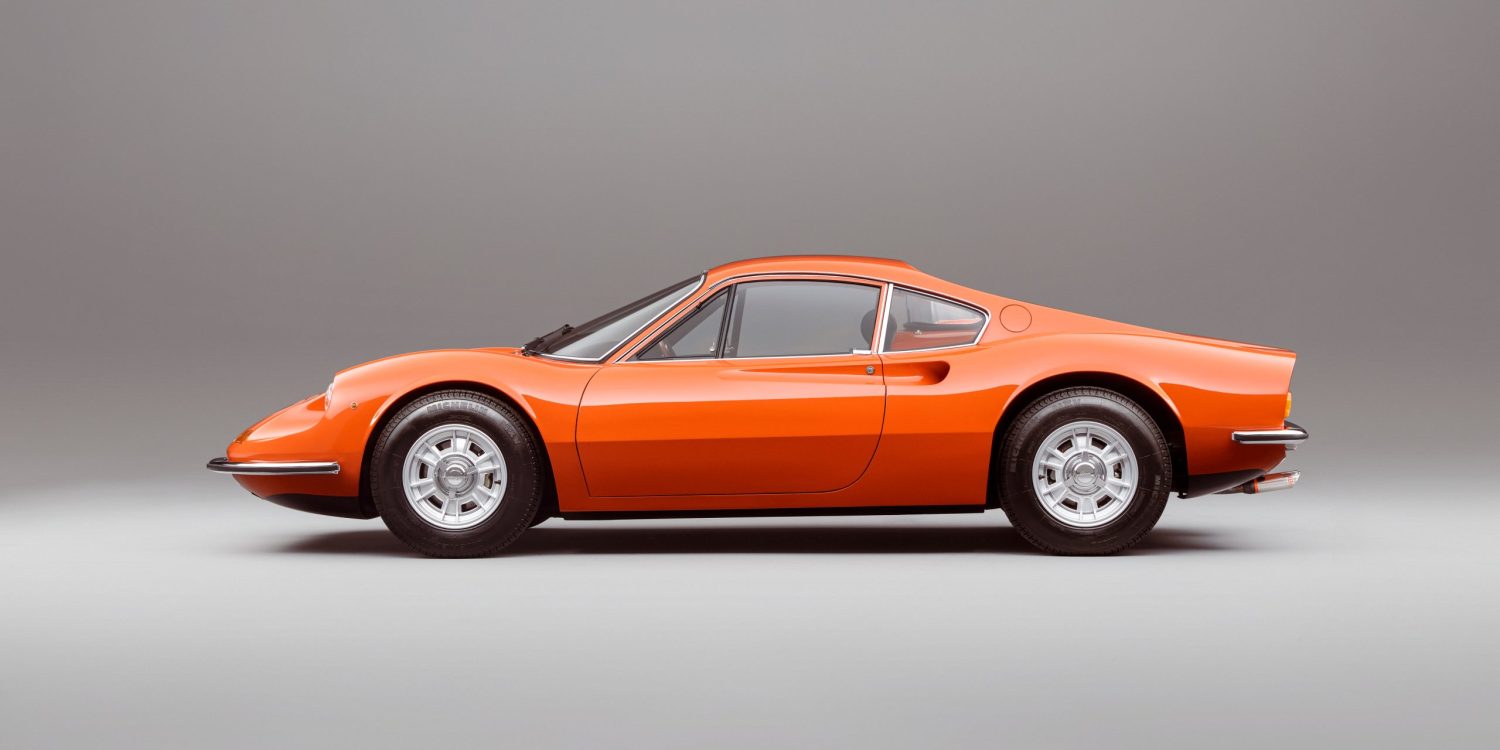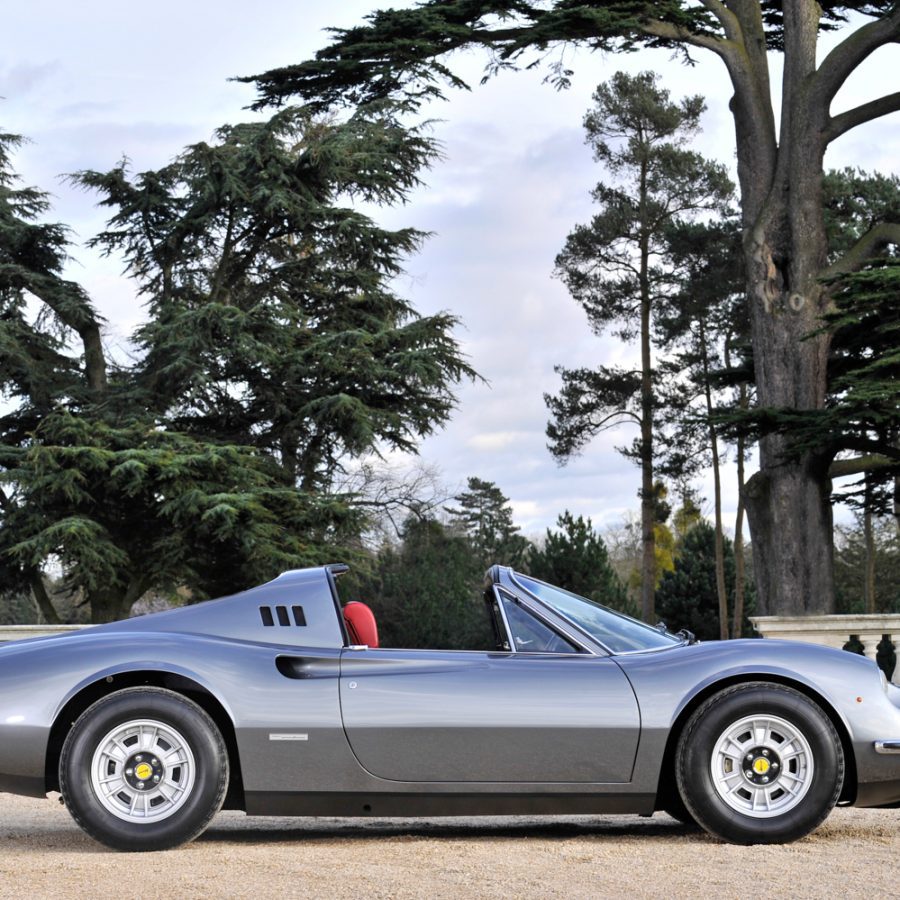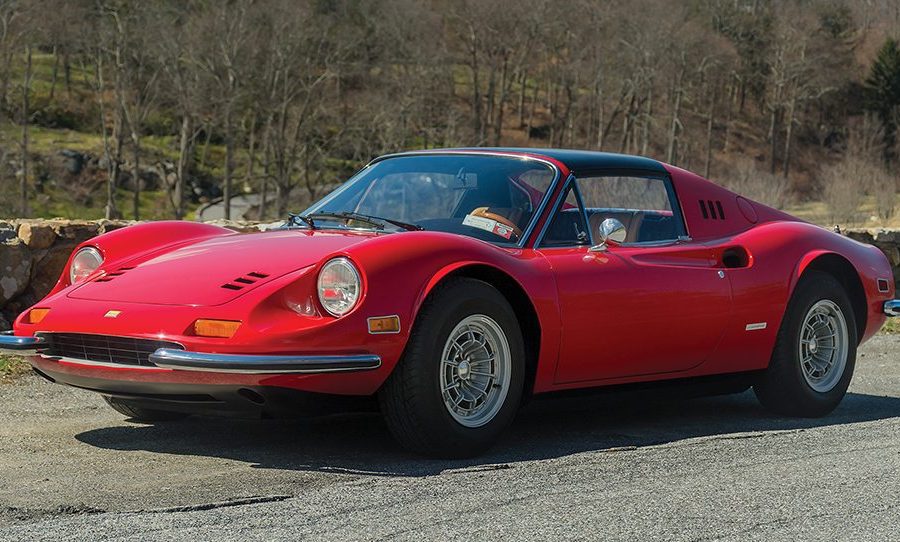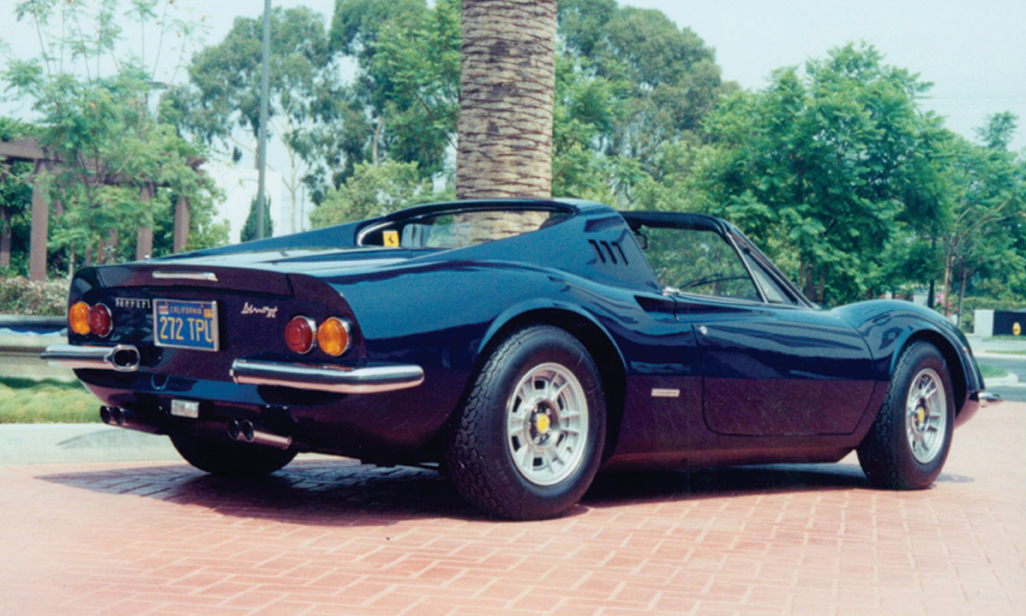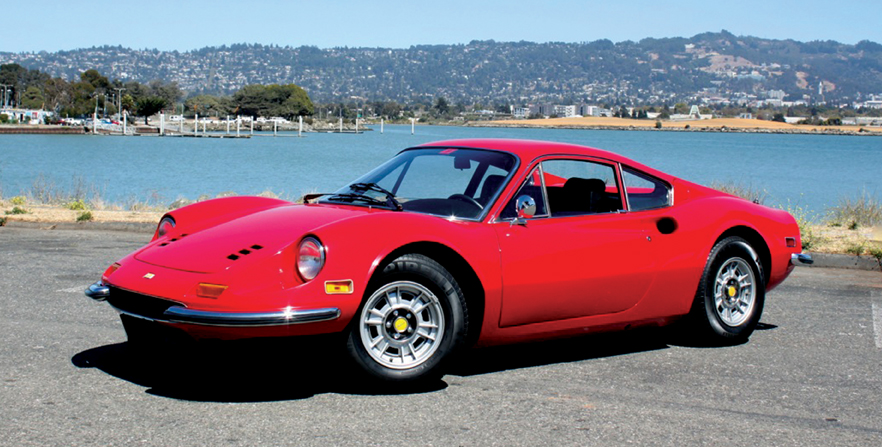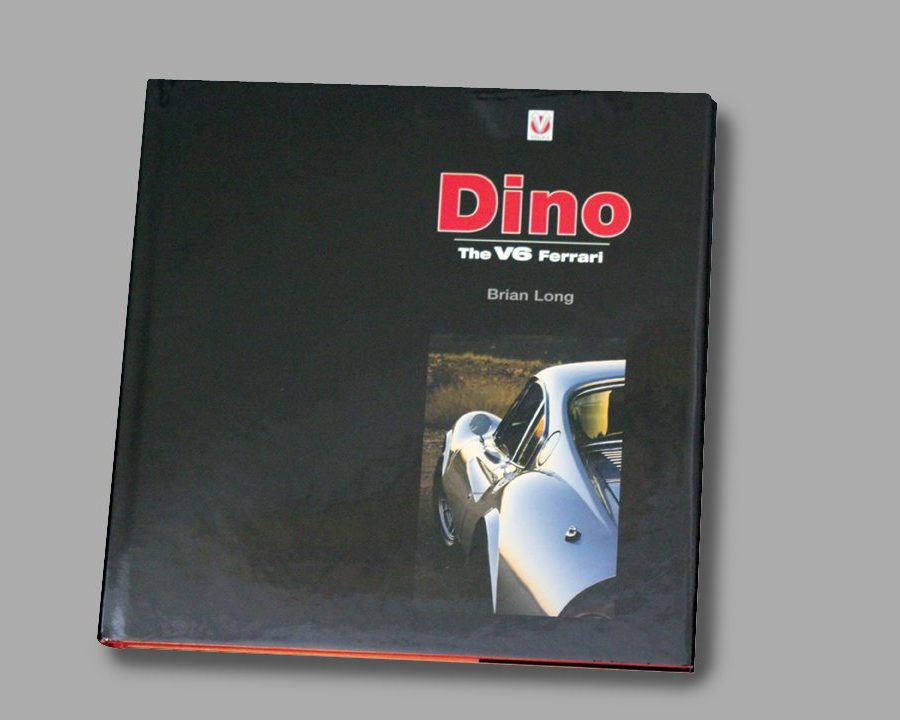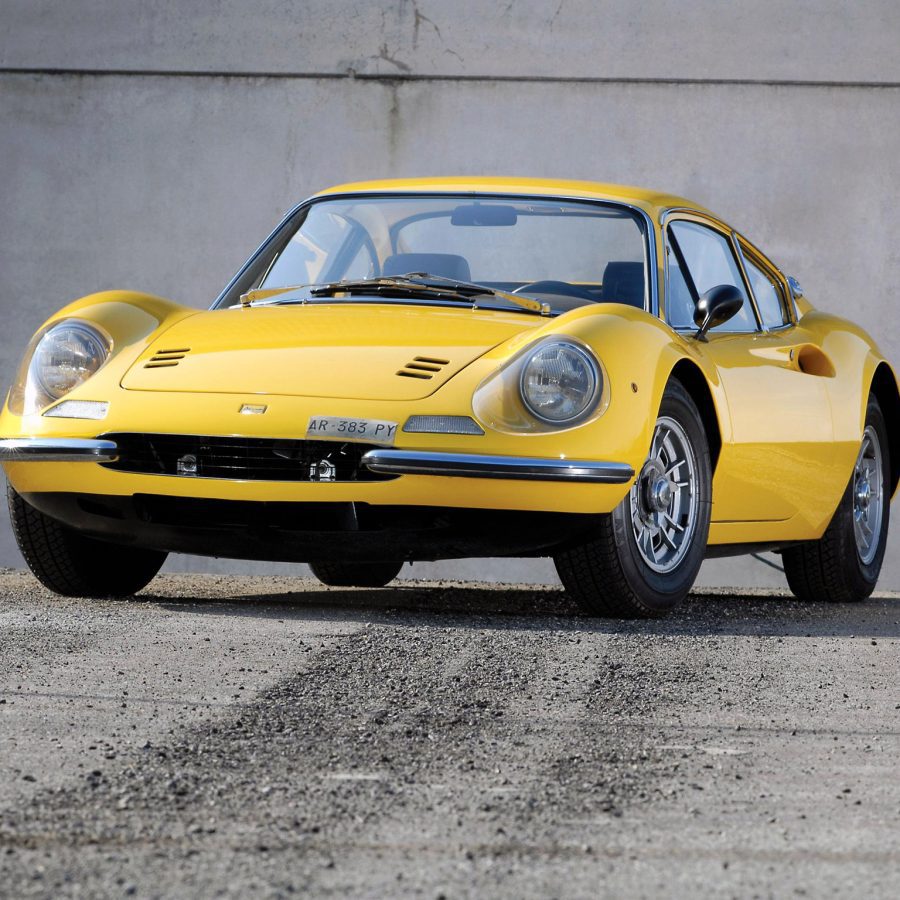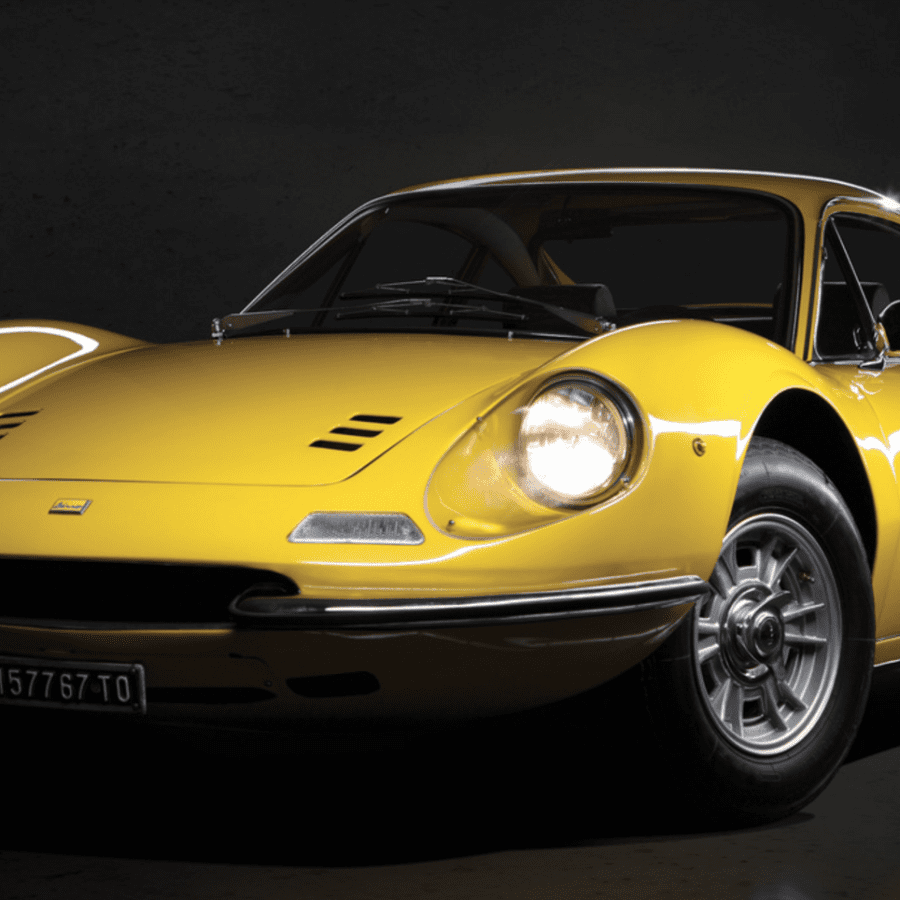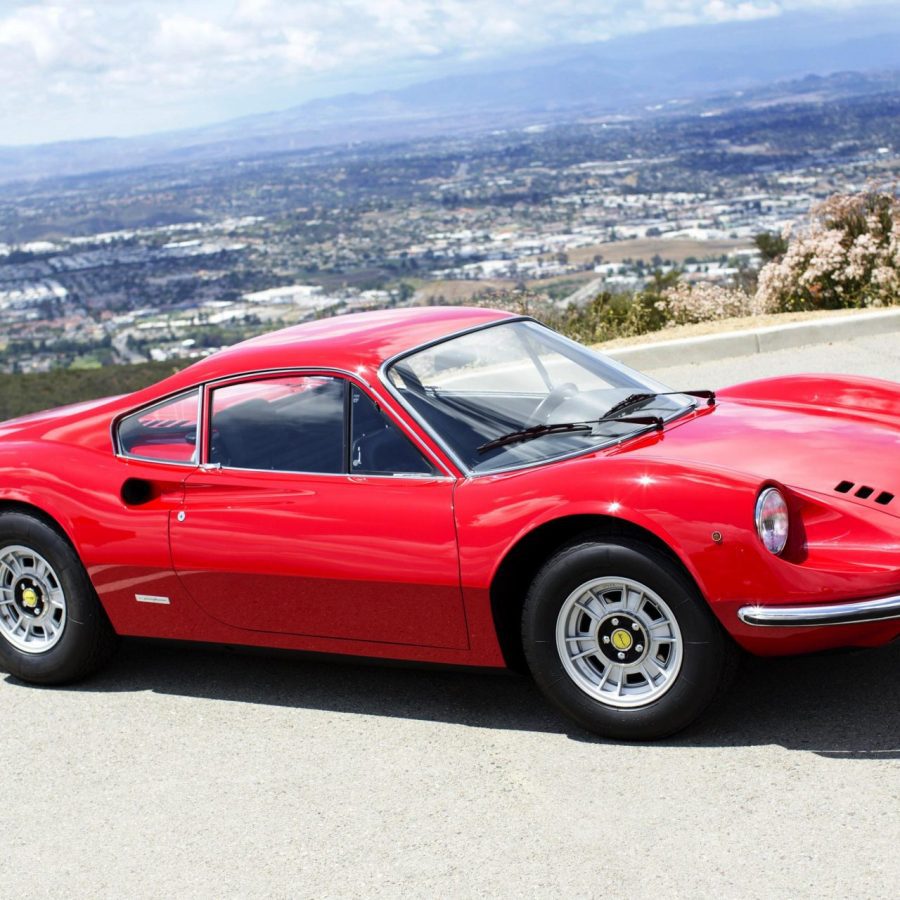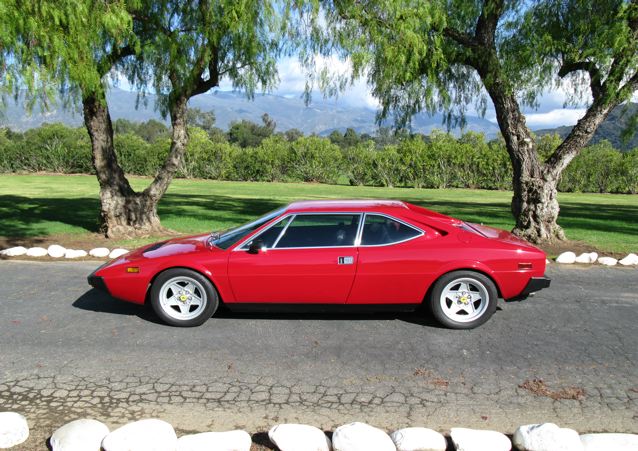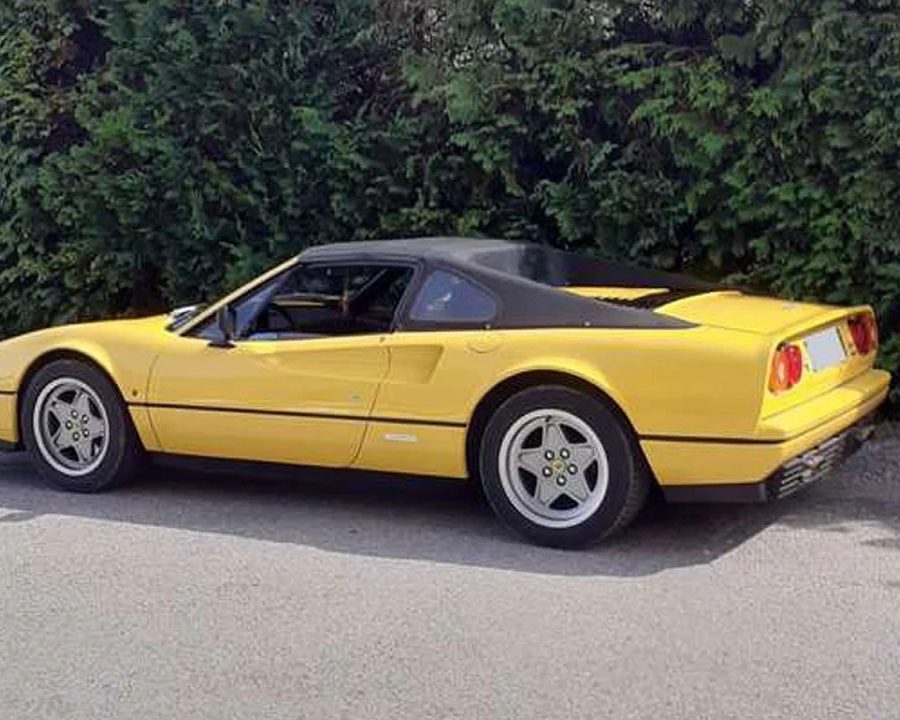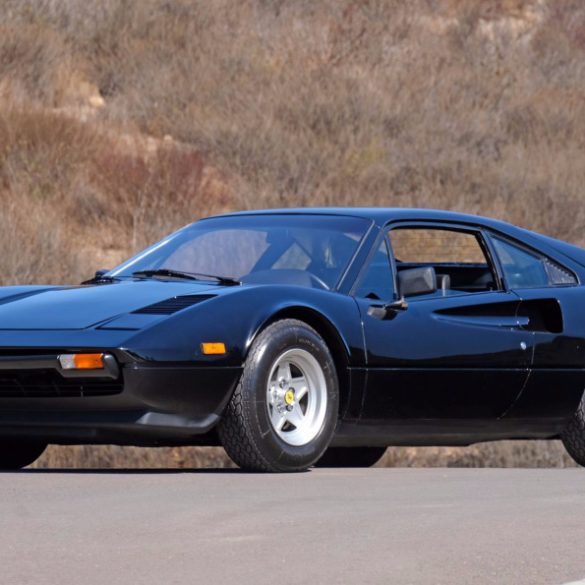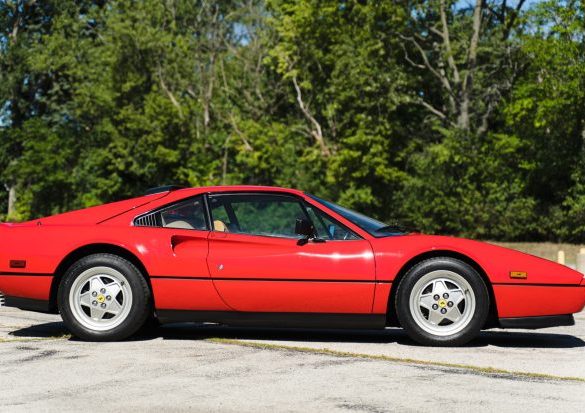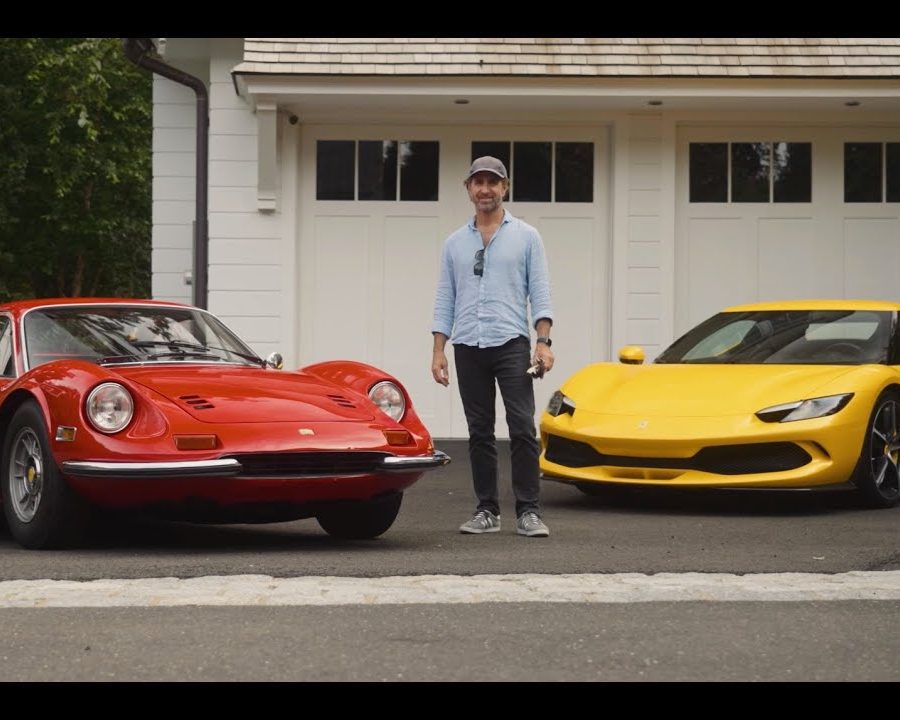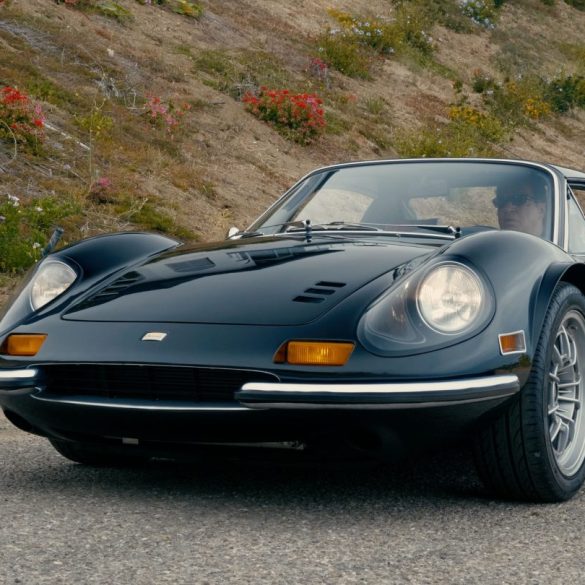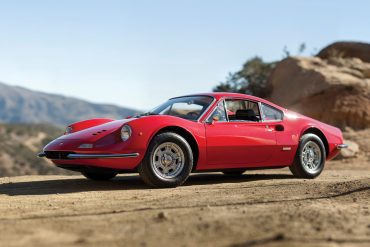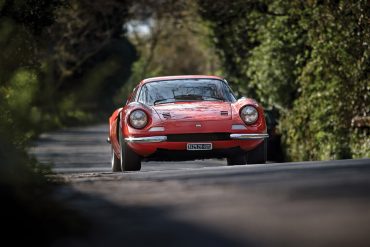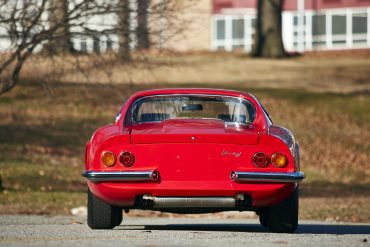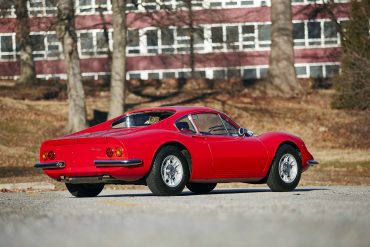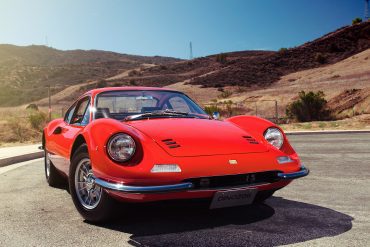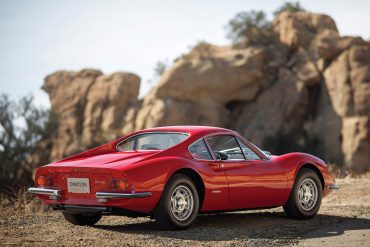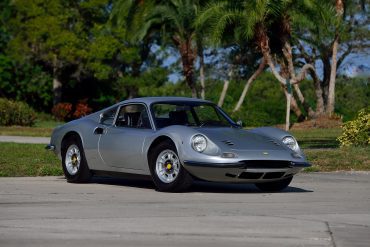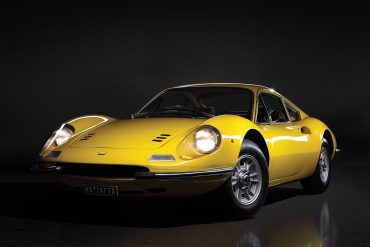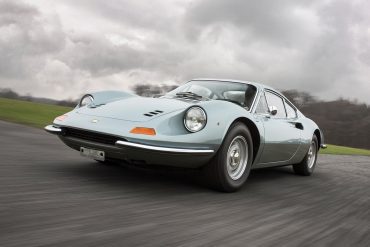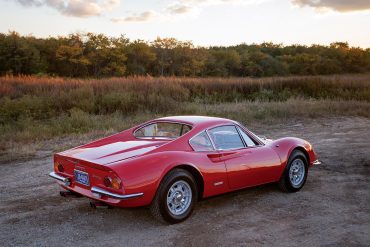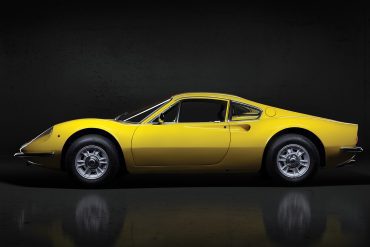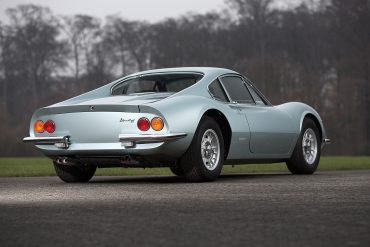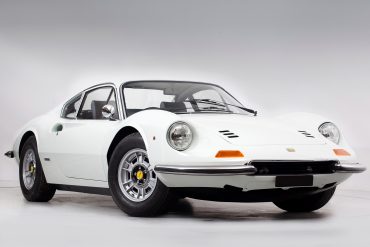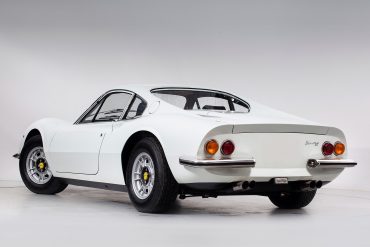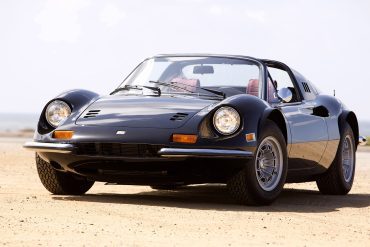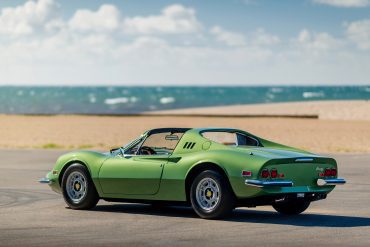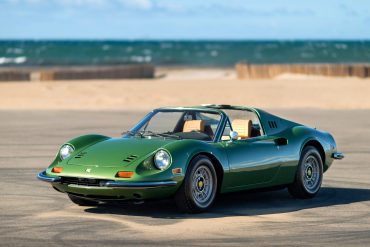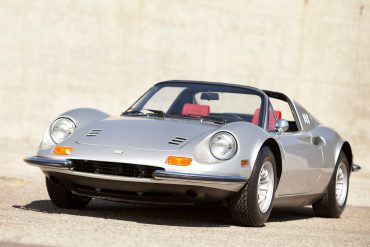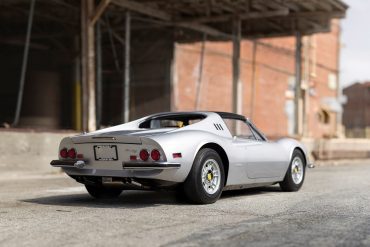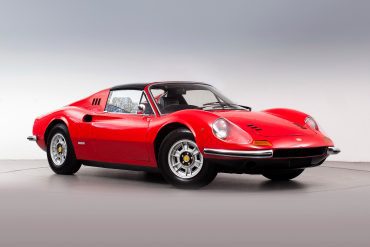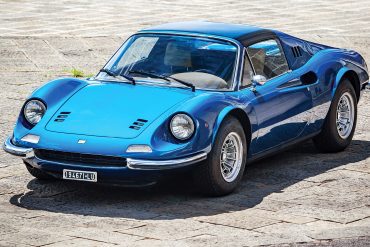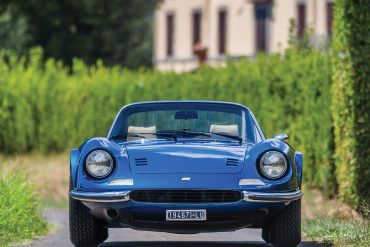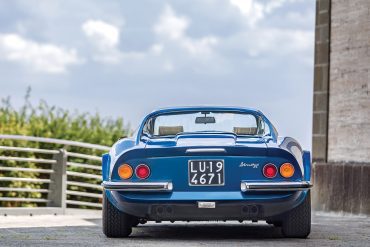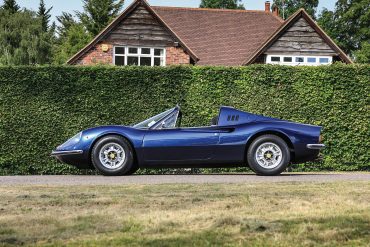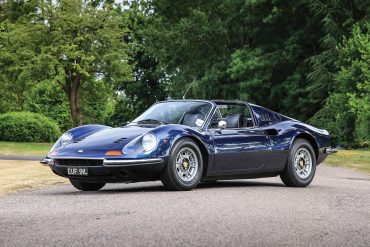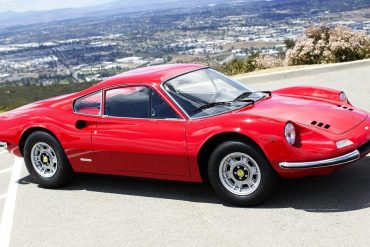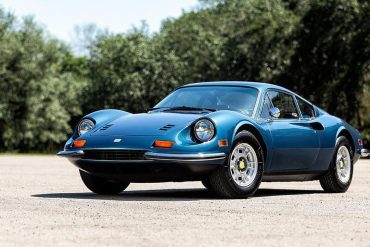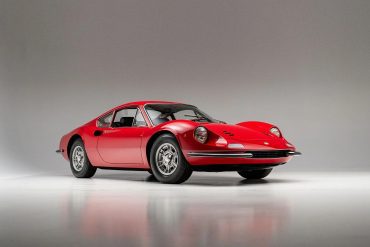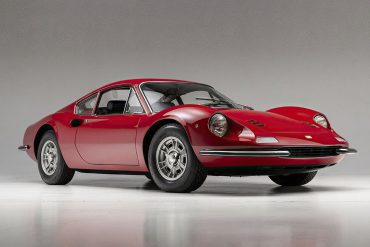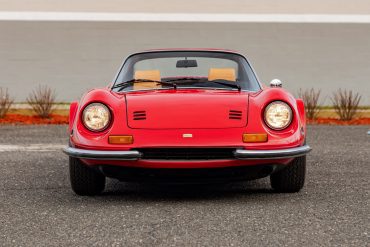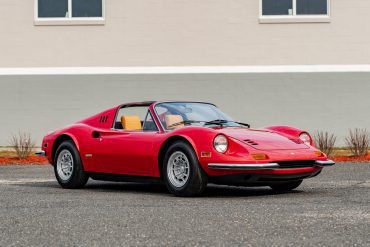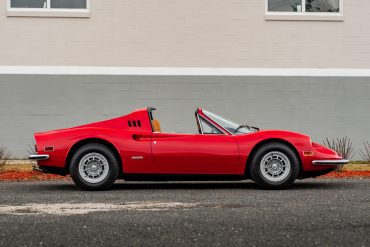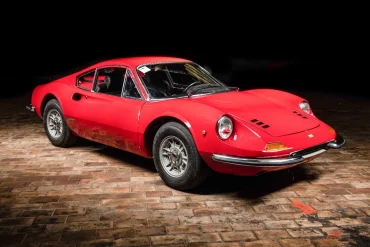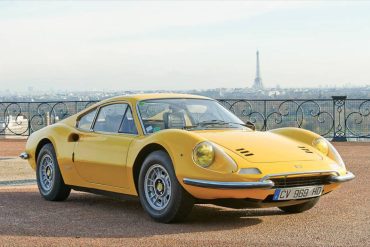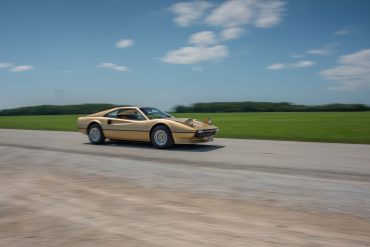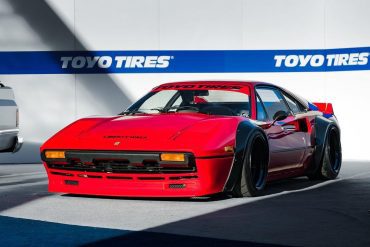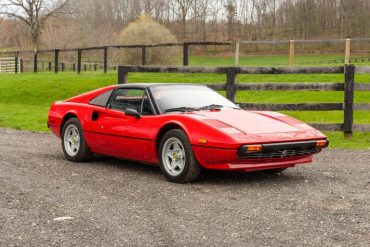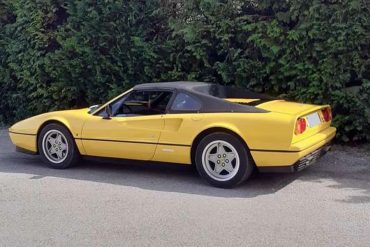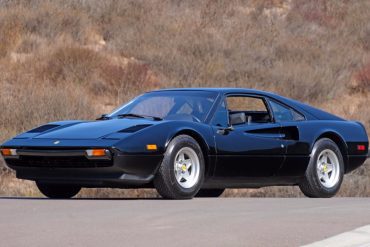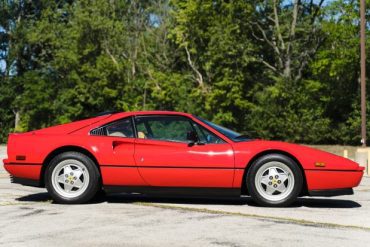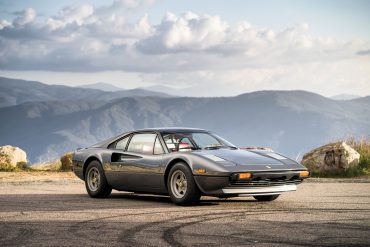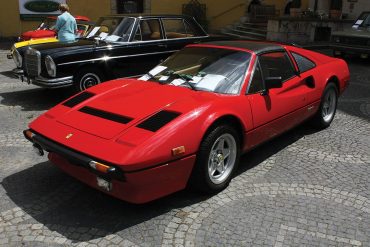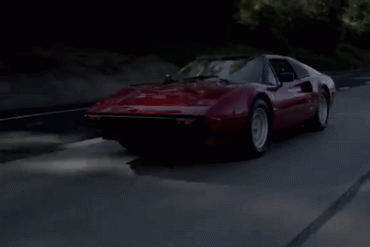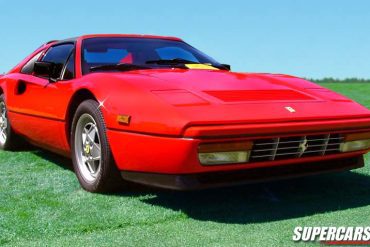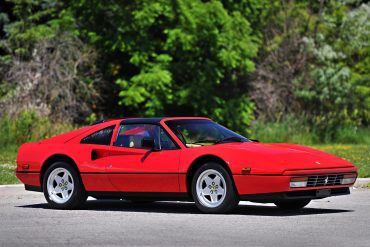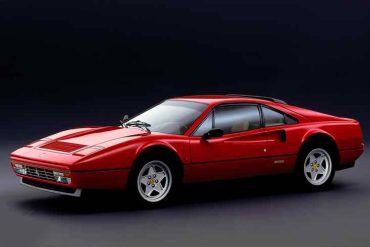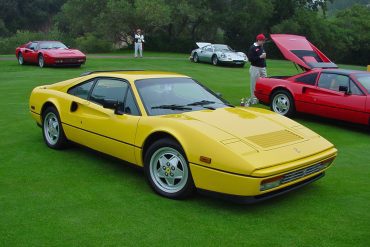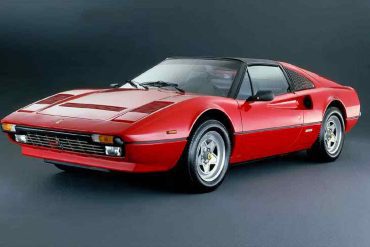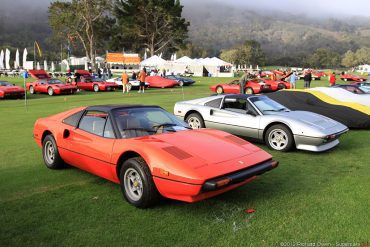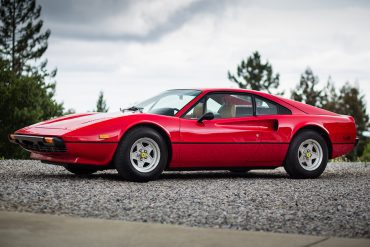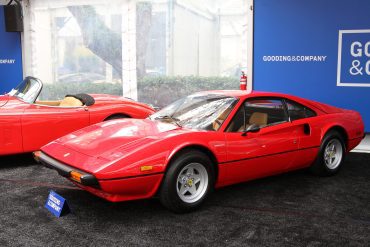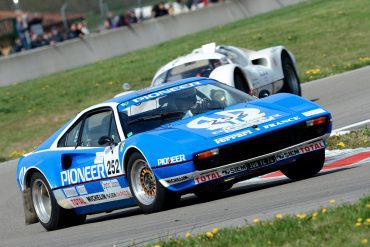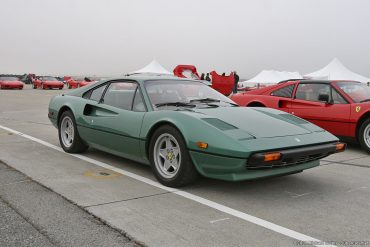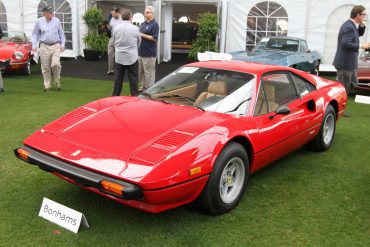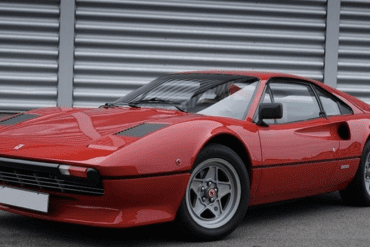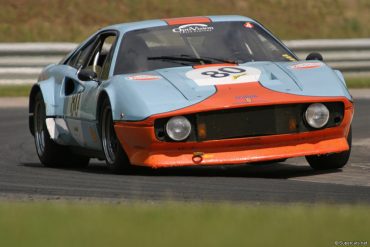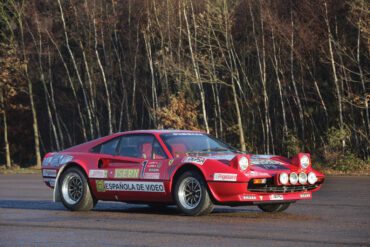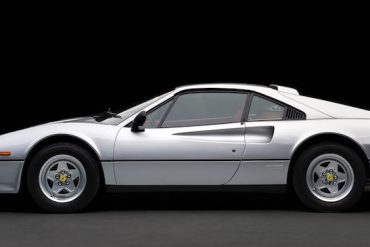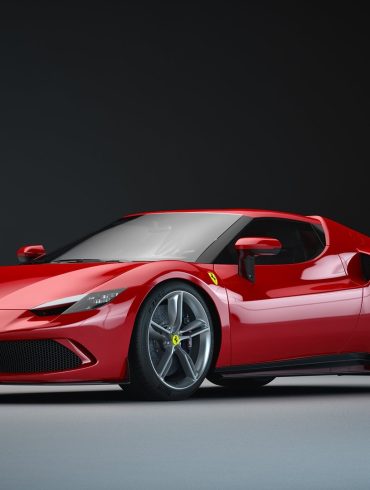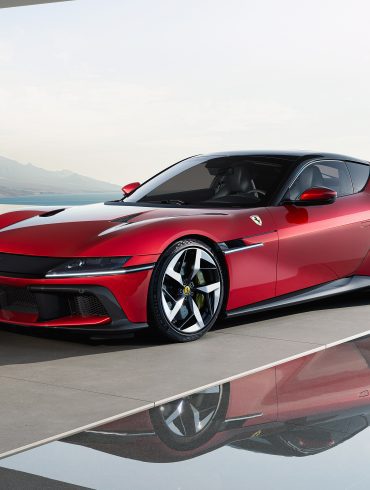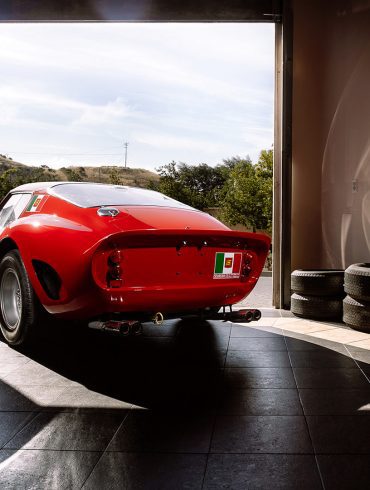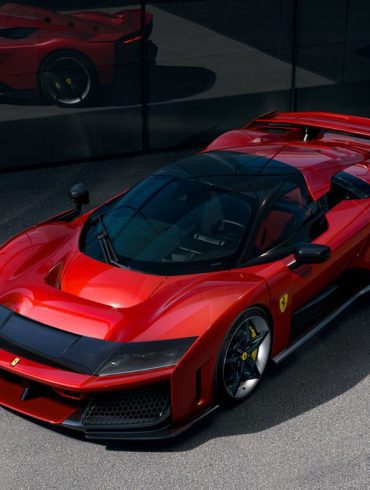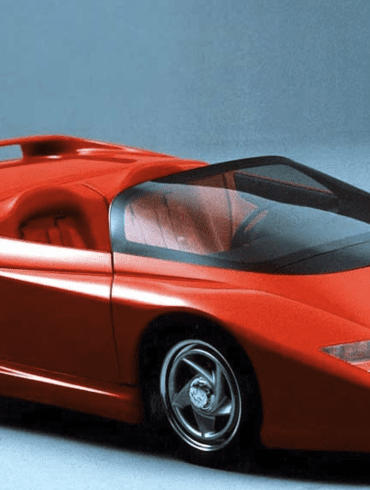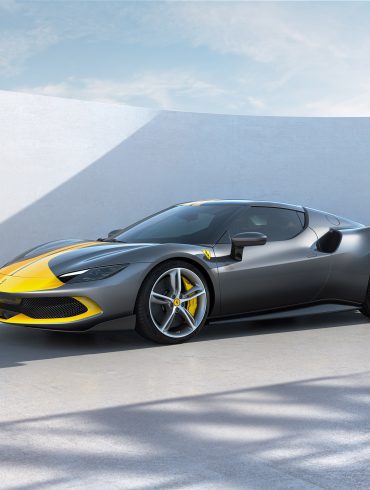Ferrari Dino
Ultimate Guide to the Dino
The Dino, with its captivating blend of Pininfarina design and exhilarating V6 performance, marked Ferrari's foray into a more accessible market, capturing the hearts of enthusiasts with its distinctive charm and undeniable pedigree.
Overview / Variants / Models In-Depth / Buyer's Guide / Videos / Images / More Updates
The Ferrari Dino: A Tribute to Performance and Elegance
The Ferrari Dino series, consisting of the 206 GT, 246 GT, and 246 GTS, represents a pivotal moment in Ferrari’s history, offering a departure from the brand’s traditional V12-powered supercars.
Named after Enzo Ferrari’s late son, Alfredo “Dino” Ferrari, the Dino series was created to honor his contributions to Ferrari’s early V6 engine designs. These cars were Ferrari’s first foray into mid-engine layouts for road cars, blending lightweight construction, beautiful styling, and responsive handling to create one of the most beloved sports car lines in automotive history.
In this article, we’ll explore the Dino’s history, model variants, performance, critical reception, and enduring legacy.
Ferrari’s New Direction
The idea for the Dino series began in the early 1960s, inspired by the Formula 2 racing regulations that required engines to have a maximum displacement of 1.6 liters. Alfredo Ferrari, affectionately known as “Dino,” had played a significant role in developing Ferrari’s early V6 engines before his untimely death in 1956. To honor his memory, Enzo Ferrari chose to name a new line of V6-powered sports cars after him.
Unlike Ferrari’s flagship V12 grand tourers, the Dino series was designed to be more accessible, aimed at younger enthusiasts and a growing market for compact, agile sports cars. However, Enzo Ferrari insisted that the Dino would not wear the Ferrari badge, as he considered the V12-powered cars to be the only true Ferraris. Instead, the Dino models were branded under the Dino marque, with a focus on performance and driving engagement.
The Dino 206 GT, 246 GT, and 246 GTS
Dino 206 GT (1968-1969)
The first Dino model, the 206 GT, debuted in 1968 as Ferrari’s inaugural mid-engine production car. Designed by Pininfarina, the 206 GT featured a sleek, curvaceous body constructed entirely of aluminum. Its 2.0-liter V6 engine, developed by engineer Vittorio Jano, produced 180 horsepower and was paired with a 5-speed manual transmission.
The 206 GT’s compact dimensions and lightweight aluminum construction made it incredibly agile, with precise handling and a balanced chassis. However, production of the 206 GT was limited to just 152 units, making it a rare and highly sought-after collector’s car today.
Dino 246 GT (1969-1974)
In 1969, Ferrari introduced the Dino 246 GT, an evolution of the 206 GT with a larger 2.4-liter V6 engine, delivering 195 horsepower. The 246 GT addressed some criticisms of the 206 GT, including the limited torque output. The new steel body added weight but increased durability and reduced manufacturing costs.
The 246 GT was available in both European and U.S. configurations, with minor differences in emissions equipment and bumpers. Its performance, with a top speed of around 146 mph and a 0-60 mph time of approximately 7.0 seconds, made it one of the most exciting sports cars of its time.
Dino 246 GTS (1972-1974)
The Dino 246 GTS, introduced in 1972, was a targa-top version of the 246 GT, offering open-air driving without compromising structural rigidity. The GTS retained the 246 GT’s mechanical components but featured a removable roof panel and a revised rear design.
The 246 GTS became an instant hit, especially in the U.S. market, where convertible sports cars were in high demand. Its combination of sleek styling, open-top motoring, and engaging performance cemented its status as one of the most desirable Dinos.
A Driver’s Delight
The Dino series was celebrated for its balance, agility, and precise handling, traits that set it apart from larger, heavier Ferraris of the era.
206 GT: The 2.0-liter V6 engine provided a lively and high-revving driving experience. Its aluminum construction and mid-engine layout gave it exceptional weight distribution, making it a joy to drive on winding roads.
246 GT: The increased displacement of the 2.4-liter V6 added more torque and made the car more versatile for everyday use. Its top speed of 146 mph and spirited acceleration were praised by reviewers.
246 GTS: The GTS retained the performance characteristics of the GT while adding the excitement of open-air driving.
Road & Track described the Dino 246 GT as “one of the best-handling cars in the world,” while Car and Driver lauded its “impeccable road manners and intuitive driving dynamics.”
Mixed Reviews On Launch
When the Dino series was introduced, it was met with mixed reactions. Purists questioned the absence of the Ferrari badge and the use of a V6 engine instead of Ferrari’s iconic V12. However, enthusiasts and reviewers quickly recognized the Dino’s brilliance as a driver-focused sports car.
The Dino’s design, crafted by Pininfarina, was universally admired for its timeless elegance and flowing lines. Its performance on both road and track earned widespread acclaim, with many calling it one of the most engaging sports cars of the era.
Over time, the Dino has come to be recognized as an essential part of Ferrari’s history. While it may not have worn the Ferrari badge during its production, it embodies Ferrari’s spirit of innovation, passion, and performance.
A Timeless Classic
The Ferrari Dino series holds a special place in the hearts of enthusiasts and collectors. Its mid-engine layout laid the foundation for future Ferrari models, including the 308 and 328, while its design and engineering influenced generations of sports cars.
The Dino is now considered one of the most collectible Ferraris, with values for well-maintained examples continuing to rise. Early 206 GT models, due to their rarity and aluminum construction, are particularly sought after, while the 246 GTS is prized for its open-top configuration.
Modern reviewers have also looked back fondly on the Dino. Classic & Sports Car Magazine called it “a masterpiece of design and engineering,” while Evo Magazine noted that it “captures the essence of what makes a Ferrari truly special.”
The Dino’s Lasting Impact
The Ferrari Dino series is a testament to Ferrari’s ability to innovate and adapt. By embracing a smaller, more accessible sports car, Ferrari expanded its audience and created a model line that continues to inspire admiration decades later. Whether it’s the rarity of the 206 GT, the versatility of the 246 GT, or the open-air appeal of the 246 GTS, the Dino remains a timeless symbol of Ferrari’s pursuit of excellence. For enthusiasts and collectors alike, the Dino represents a perfect blend of style, performance, and heritage.
Ferrari Dino Specs
Manufacturer: Ferrari
Designer: Aldo Brovarone, Leonardo Fioravanti
Class: Sports car (S)
Layout: Mid-engine, RWD
Engine: Dino 65° V6
Successor: Dino 308 GT4 2+2 & Ferrari 308 GTB/GTS
Did You Know?
Dino was the nickname of Enzo's son, Alfredo "Dino" Ferrari, who tragically died at a young age. He was instrumental in the development of the V6 engine that would power these cars.
Early Dino models didn't wear the Prancing Horse badge. This was partly to differentiate them as more affordable, and partly due to Enzo's initial reluctance to put the Ferrari name on a V6 car.
The Dino's V6 engine produces a distinctive, high-pitched wail that's different from the roar of Ferrari's V8s or the growl of their V12s. It's a sound that many enthusiasts find incredibly appealing.
The Dino 206 GT is a beautifully balanced machine, with a superb chassis and a wonderfully responsive engine.
Road & Track (1968)
Ferrari Dino Model Variants
Ferrari had mid-engine layouts in their racing cars, but to date all of its road cars were front-engined V12s. The legend goes that Enzo Ferrari was concerned that his buyers did not have the skills to manage a mid-engined sports car. Designers presented Enzo with sketches of a small, sexy mid-engine sports car and Enzo relented and agreed to build the car, but only if it had a less-powerful engine. Enzo chose a V-6 engine design that his son Alfredo (Dino, for short) had helped develop for racing with lead engineer Vittorio Jano. The "Dino" name was a tribute from Enzo to his late son, who had died in 1956 from effects of muscular dystrophy. Widely regarded as one of the best-handling cars of its era, the Ferrari Dino’s mid-engine layout proved a radical leap in road car design when it was released in 1968. Three series of the Dino 246 GT were built, with differences in wheels, windshield wiper coverage, and engine ventilation. Dino 246 production numbered 2,295 GTs and 1,274 GTSs, for a total production run of 3,569. For completeness, we also included the non-Dino models that came afterwards and still fit into that genre and era.
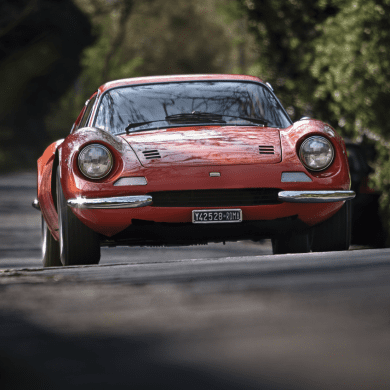
Dino 206 GT
Type: Production Car
Years: 1968 - 1969
Production: 152 units
Engine: 2.0 L Dino 65° V6
Power: 180 bhp @ 8000 rpm
Torque: 137 lb/ft @ 6500 rpm
0-60 mph: 7.5 seconds
Top Speed: 146 mph
Widely regarded as one of the best-handling cars of its era, the Ferrari Dino’s mid-engine layout proved a radical leap in road car design when it was released in 1968. The Dino brand was established to create a more accessible Ferrari, but it turned out to be remarkable in its own right. Light, fun, sexy and great handling, we wish they kept it going.
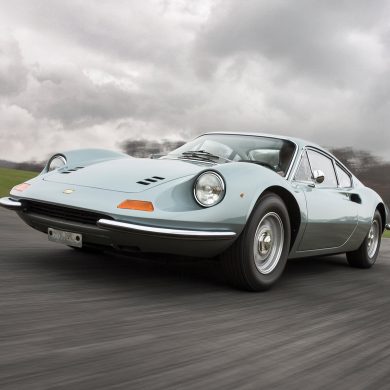
Dino 246 GT
Type: Production Car
Years: 1969 - 1974
Production: 2,295 units
Engine: 2.4 L Dino 65° V6
Power: 192 bhp @ 7600 rpm
Torque: 166 lb/ft @ 5500 rpm
0-60 mph: 6.5 seconds
Top Speed: 146 mph
Just one year after the 206 release, it was replaced with the revised 246 GT. The new 246 was a heavier car, thanks to the inclusion of Fiat's cast-iron V6, which increased the capacity to 2418cc. Compared to the Ferrari V6, the Fiat powerplant had been cast in iron rather than aluminum alloy. Also changed to steel was the bodywork.
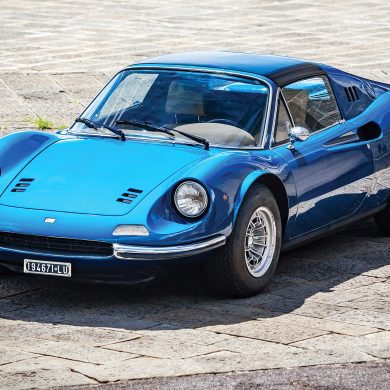
Dino 246 GTS
Type: Production Car
Years: 1972 - 1974
Production: 1,274 units
Engine: 2.4 L Dino 65° V6
Power: 192 bhp @ 7600 rpm
Torque: 166 lb/ft @ 5500 rpm
0-60 mph: 6.5 seconds
Top Speed: 146 mph
At the 1972 Geneva Motor Show, Ferrari released an open-top version of the Dino 246 called the GTS. Over 1200 examples were produced over a two year period. The 246 GTS had a removable roof panel similar to the 1967 Porsche 911 Targa. Both these cars copied the idea from the Surrey-Top Triumph TR4 which was the first to use such a panel.
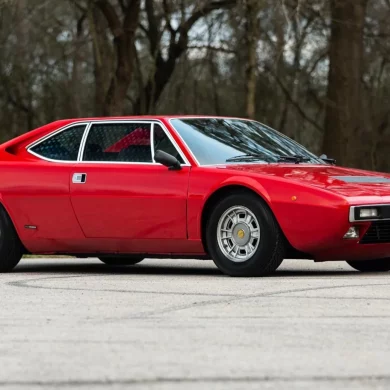
Dino 308 GT4
Type: Production Car
Years: 1973 - 1975
Production: N/A
Engine: 2.9 L Dino V8
Power: 227 bhp @ 6600 rpm
Torque: 203 lb/ft @ 4600 rpm
0-60 mph: N/A
Top Speed: 147 mph
The 308 GT4 was produced from 1973 to April 1980. Initially branded "Dino", the 308 GT4 was Ferrari's first V-8 production automobile. From 1976 onwards the cars were sold as Ferrari badged. In an effort to improve sales until the 1976 official re-badging, Ferrari sent out factory update on July 1, 1975 with technical and cosmetic revisions.
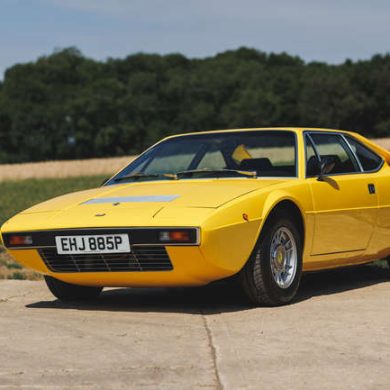
Dino 208 GT4
Type: Production Car
Years: 1975
Production: N/A
Engine: 2.0 L Dino V8
Power: 167 bhp @ 7700 rpm
Torque: 137 lb/ft @ 4900 rpm
0-60 mph: N/A
Top Speed: 137 mph
Introduced at the Geneva Motor Show in 1975, the 208 GT4 was a low-displacement version of the V8 produced for the Italian market, where cars with engines larger than two litres were subjected to more than double VAT (38%). The engine was de-bored to (66.8 by 71 mm) 2.0 L (1990.64 cc) V8, resulting in the smallest production V8 in history for a road car.
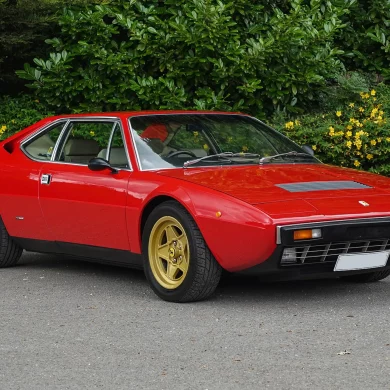
Ferrari 308 GT4
Type: Production Car
Years: 1976 - 1980
Production: N/A
Engine: 2.9 L Dino V8
Power: 227 bhp @ 6600 rpm
Torque: 203 lb/ft @ 4600 rpm
0-60 mph: N/A
Top Speed: 147 mph
Initially branded "Dino", the 308 GT4 was Ferrari's first V-8 production automobile. From 1976 onwards the cars were sold as Ferrari badged. Some of these revisions were implemented piecemeal by dealers. Some made all the revisions while some just made a few. There were two series, earlier and later cars differentiated by number of distributors.

Ferrari 208 GT4
Type: Production Car
Years: 1976 - 1980
Production: N/A
Engine: 2.0 L Dino V8
Power: 167 bhp @ 7700 rpm
Torque: 137 lb/ft @ 4900 rpm
0-60 mph: N/A
Top Speed: 137 mph
Power output 167 hp at 7700 rpm for a top speed of 137 mph. Smaller Weber 34 DCNF carburetors, a lower final drive ratio and skinnier tires completed the technical changes for the 208. Chrome (rather than black) accents outside and the lack of fog lights were external visual indicators of the smaller-engined GT4. It was rebadged a Ferrari in 1976 like the 308 GT4.
Ferrari Dino Buyer’s Guide
Everything You Need to Know About Purchasing a Dino 206 GT, 246 GT & 246 GTS
The Ferrari Dino series, encompassing the Dino 206 GT, 246 GT, and 246 GTS, remains one of the most cherished and collectible groups of classic sports cars. Known for their timeless design, exhilarating performance, and unique place in Ferrari’s history, these mid-engine masterpieces are highly sought after by enthusiasts and collectors. However, as with any classic car, careful inspection and attention to details are essential to ensure a sound investment and enjoyable ownership experience. Here’s what to look for when considering a Dino, common issues, and insights into its desirability and investment potential.
Key Areas to Inspect and Common Issues
1. Engine and Mechanical Health
The Dino’s V6 engine, while robust when properly maintained, requires thorough examination.
Timing Chain and Valve Adjustment: The timing chain should be inspected for wear, as a worn chain can lead to poor engine performance and expensive repairs. Valve adjustments are critical for optimal operation and should be checked during a pre-purchase inspection.
Cooling System: The Dino’s cooling system is prone to overheating, especially in older cars with neglected radiators and cooling hoses. Look for evidence of recent radiator refurbishments or upgrades, and inspect for coolant leaks.
Oil Leaks: Common areas for leaks include the valve covers and sump. While some seepage is normal for older cars, excessive oil leaks can indicate poor maintenance.
Carburetors: Early Dinos (especially the 206 GT) use Weber carburetors, which require regular tuning to maintain peak performance. Inspect for smooth idle and proper response during acceleration.
2. Transmission and Clutch
The Dino’s five-speed manual transmission is a joy to use when well-maintained but can exhibit issues over time.
Synchro Wear: Pay special attention to second gear, which is prone to synchro wear. Difficulty engaging gears or grinding during shifts may indicate transmission problems.
Clutch Health: The clutch should engage smoothly without slipping or shuddering. A worn clutch will need replacement, which can be labor-intensive and costly.
3. Suspension and Steering
The Dino’s suspension system provides precise handling but is subject to wear with age.
Bushings and Ball Joints: Worn suspension bushings or ball joints can result in clunking noises and imprecise handling. Inspect for play in the suspension components and ensure they’ve been regularly serviced.
Shock Absorbers: Leaking or worn shocks can compromise the car’s ride and handling. Upgraded dampers are a common improvement on older Dinos.
4. Bodywork and Rust
Rust is one of the most significant concerns when buying a Dino, particularly on steel-bodied 246 GT and GTS models.
Rust-Prone Areas: Inspect the wheel arches, door sills, lower panels, and undercarriage for signs of rust. Early 206 GTs, with their aluminum bodies, are less prone to rust but may have issues with panel corrosion or cracking.
Body Repairs: Look for evidence of past body repairs, such as uneven panel gaps or mismatched paint. Poor-quality restorations can hide underlying structural issues.
Originality: Many collectors value originality, so verify the presence of correct Dino badging and other period-specific details.
5. Electrical Systems
The Dino’s electrical system can be a source of headaches, particularly in poorly maintained cars.
Fuse Box and Wiring: Inspect the fuse box for signs of overheating or corrosion, and ensure all wiring is intact and functional.
Lights and Gauges: Test all lights, switches, and gauges to ensure proper operation. Malfunctioning components may require expensive repairs or replacements.
6. Interior Condition
The Dino’s interior, while simple and elegant, is prone to wear over time.
Leather and Upholstery: Check for cracks, fading, or shrinking on the leather seats and dashboard. Restoring the interior to original specifications can be expensive.
Carpets and Trim: Inspect the carpets for water damage or excessive wear, particularly in the footwells.
Targa Top (246 GTS): On GTS models, inspect the targa top for fitment and water sealing to prevent leaks.
Desirability and Future Investment Potential
The Dino has grown significantly in value and desirability over the years, driven by its stunning design, connection to Ferrari’s history, and engaging driving experience.
Dino 206 GT
Rarity: With only 152 examples produced, the aluminum-bodied 206 GT is the rarest Dino and highly sought after by collectors.
Value: Early 206 GTs command a premium due to their exclusivity and lightweight construction.
Dino 246 GT
Versatility: The 246 GT is praised for its balance of performance, reliability, and design. Steel-bodied models are more durable, making them popular for regular driving.
Investment Growth: Values for the 246 GT have risen steadily, especially for well-preserved, numbers-matching examples.
Dino 246 GTS
Open-Top Appeal: The 246 GTS is particularly desirable in markets where convertible sports cars are in demand. Its targa-top design offers the thrill of open-air motoring without sacrificing rigidity.
Market Trends: The 246 GTS often commands a slight premium over the 246 GT due to its versatility and rarity.
Summary of Key Inspection Points
Service History: Verify records of regular maintenance, including valve adjustments, timing chain replacements, and carburetor tuning.
Rust Inspection: Carefully inspect for rust on steel-bodied models and ensure aluminum-bodied 206 GTs are free from corrosion or cracking.
Mechanical Condition: Test the engine, transmission, and suspension during a thorough test drive. Address any signs of leaks, worn components, or difficulty shifting.
Originality: Confirm that the car retains its original engine, chassis, and interior components, as authenticity significantly affects value.
Pre-Purchase Inspection: Always have a professional pre-purchase inspection (PPI) conducted by a Dino specialist to identify potential issues.
Conclusion
The Ferrari Dino series represents an alluring blend of beauty, performance, and heritage, making it a highly desirable addition to any collection. While maintenance and upkeep require attention to detail, a well-maintained Dino can provide an unmatched driving experience and strong long-term investment potential. Whether you’re drawn to the rarity of the 206 GT, the versatility of the 246 GT, or the open-air excitement of the 246 GTS, the Dino series offers a timeless connection to Ferrari’s storied history.
Ferrari Dino Images & Wallpapers
A curated collection of our favorite Ferrari Dino wallpapers and pictures.
The Dino 246 GT is a true Ferrari in every sense of the word. It's fast, agile, and beautifully built.
Car and Driver (1972)


